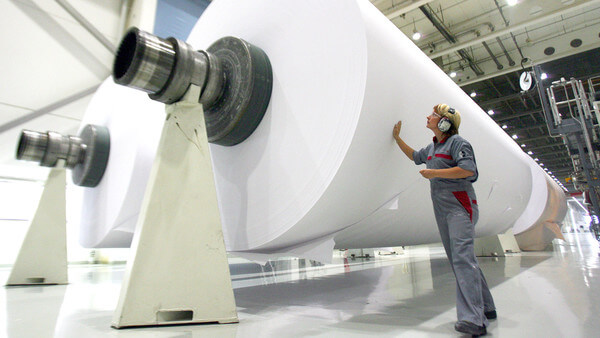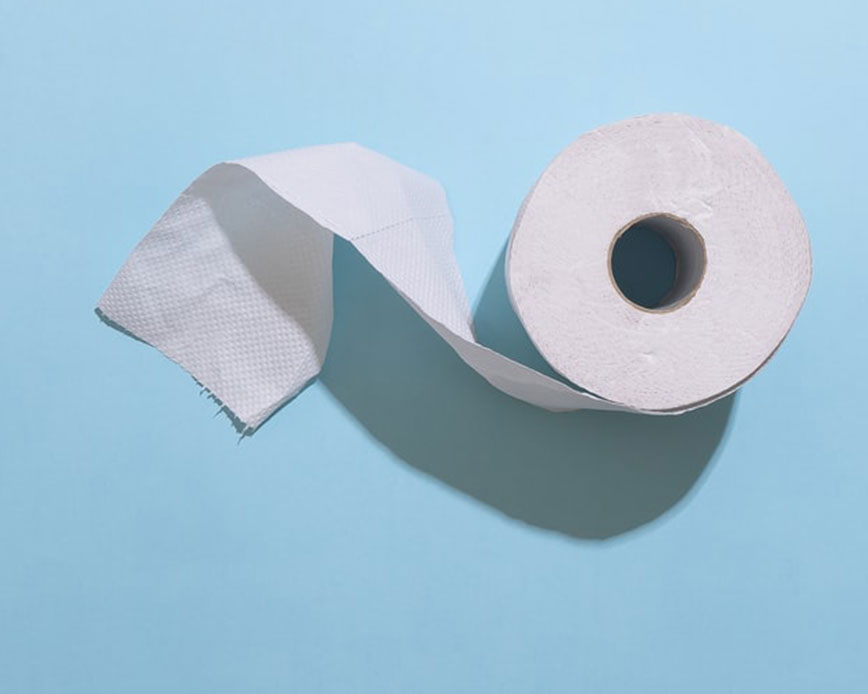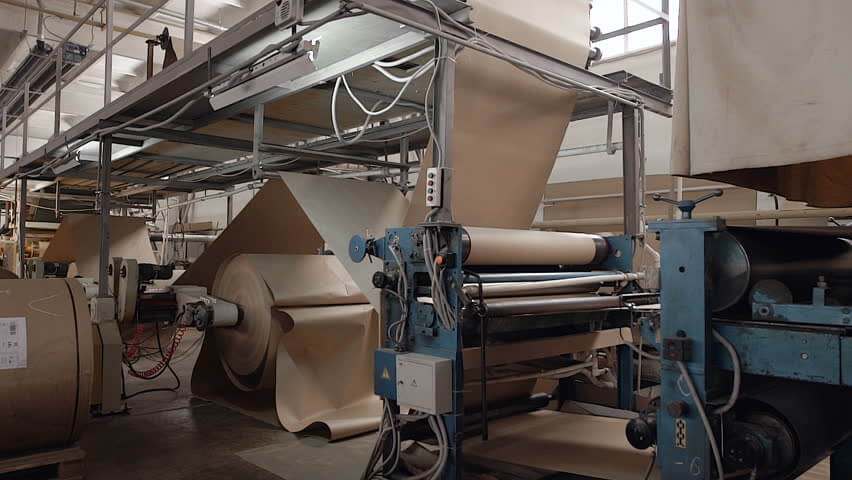It’s impossible not to take splicing for granted because it’s hidden in the smallest, most disposable objects around you. Take, for example, your favorite morning coffee. That to go coffee cup? The corrugated sleeve? Both made possible by splicing. The shipping box at the post office? Spliced. Foam meat tray? Spliced.
In the tape world, a splice is a process by which two rolls are combined using tape in order to create one seamless continuous roll. This is done because the roll of material is getting unwound and is going through some manufacturing or converting process to create an end use product, like a coffee cup sleeve or an Amazon box.
In simple terms, when you have something on a roll (i.e. paper or film) and it needs to go through a converting process to make a finished product (i.e. envelopes, bags, boxes, newspapers, coffee sleeves, packaging), you need to “join” the rolls together to keep manufacturing process going. The process by which these two rolls are combined is called splicing. As one roll is unwound, it gets spliced roll to roll with tape.
What types of products are spliced?
- Anything that comes on a roll is spliced; for example, canvas, house-wrap, and tarps for trucks.
- Starbucks cups are spliced. First, there’s the paper to make the cup which is unwound and spliced, then converted into the cup shape. Then there’s the paper to the make the sleeve by using a more expensive corrugated paper on the inside and smooth paper on the outside, both of which have been spliced.
- Corrugated material is the stuff that boxes are made from and they splice paper to make this. But corrugate paper and cardboard are not the same things. Corrugated (or pleated) material is made up of three different layers of paper: an inside liner, an outside liner, and fluting which runs in between. Cardboard is a heavy-duty paper stock known as paperboard. It’s rarely used in heavy-duty packaging. Instead, think cereal boxes and other smaller consumer goods packages.
- Fruit and vegetable trays. Rolls of foam are spliced before they are converted to the foam trays that you see in grocery stores.
- Packaging in all forms is spliced. Shipping boxes begin the same way as the Starbucks coffee sleeve — corrugate paper that is spliced with three different layers. But coated film for packaging, such as potato chips, plastic bags, and chocolate bars, is spliced. It all starts as a wide roll of material which is then cut to narrower or shorter widths and lengths, which then go on a converting line to become the outer packaging.
- Laminate flooring starts as a giant sheet of vinyl that needs to be spliced.
Obviously, the list goes on, but you get the idea. Splicing makes our daily lives more efficient and more enjoyable, and splicing tape is the product that makes it possible.
That said, not all tapes are created equal. It’s all about finding the right tape for the right application. Newsprint requires a different kind of tape than Styrofoam. Corrugate paper is different than vinyl. If the tape doesn’t stick properly, the machines have to be shut down and re-threaded. That can mean thousands and thousands of dollars in lost revenue. In fact, paper mills today do not stop machines at all – they run 24×7. Most have a scheduling maintenance just one time per year because it’s so incredibly expensive to stop and then start the machines!
Different types of materials and manufacturing processes dictate the type of tape and adhesive needed to ensure optimal performance. It’s all about finding the right tape for the application and the field conditions. Pretty much what we have been working on for 40+ years with many of our manufacturing clients, regardless of industry.
For more information about tape visit The Complete Technical Guide to Adhesive Tape. To learn more about ECHOtape and how we help customers find the right tape for their job, you can read about us here or contact us with any questions you may have.




